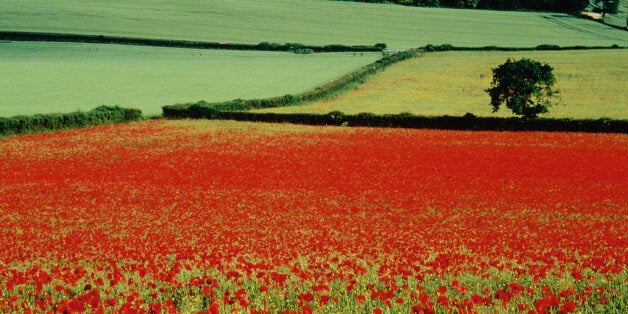
The Battle of the Somme ended one hundred years ago today. A million people were injured with over a quarter of a million declared dead or missing. Whilst reflecting on such slaughter, there is the spark of solace in knowing that social change and technological advancement mean the British public will never stand such sacrifice again.
The First World War was a catalyst for progress. Universal suffrage, the empowerment of women, and the beginnings of a more egalitarian employment market owe much to its ethos of collective endeavour and shared sacrifice. Accompanying these advancements was a transformation in the psyche of the British public. As universal education and aspiration grew, so did a new readiness to question the establishment. And as time passed and technology advanced, so did the speed of social change.
The evolution of the camera and the growth of reportage photography built on the traditions of Elizabeth Thompson's The Roll Call and helped bring home to the public the horrific reality of war. Robert Capa's Falling Soldier; Yevgeny Khaldei's Suicide of a National Socialist Family; Eddie Adams's photograph of an execution in Saigon in 1968; and, perhaps most famously, Nick Ut's photograph of a naked Phan Thi Kim Phuc burnt by Nepalm; all led the way in changing the public's perception of conflict.
Yet all of these photographs remained subject to censorship and editorial choice, with other potentially significant images remaining unseen. One such photograph was Kenneth Jarecke's burnt Iraqi soldier from the First Gulf War. This was an image that did not enter the public domain until long after that war was over. Maybe because it was at odds with the sanitized coverage of "smart bombs" and thermal imagery prevalent at the time. Coverage that misled people into thinking that a revolution in military affairs had occurred and that war could be clinical in its prosecution. Set against this, Jarecke's photo was an unwelcome reminder of the true face of war.
Since the First Gulf War, we have witnessed a rapid evolution in global telecoms, an irrepressible spread of social media, a ubiquity of camera phones and the advent of helmet mounted cameras. They have all forever changed how we view the front line. They are simultaneously a means of letting loved ones into the detail of a soldier's life, a way to capture acts of bravery, and a platform through which the world is told tales of tragedy and cruelty. They relay images of and by both soldiers and civilians, and have ended the power of third parties to sensor, sanitize and separate war. They make us closer to the rest of humanity and so the human cost of conflict.
Today, images testifying to the horrific reality of war arrive in inboxes, social media streams and on websites like "Periscope" uncensored, unedited and unfiltered. People understand the realities of war in ways that those who lived a hundred years ago could never have imagined. Then, it would have taken time before people read Wilfred Owen's harrowing account of choking soldiers drowning in a sea of chlorine gas. Now, the images of gassed children in Aleppo are stark, shocking and immediate.
In the 100 years since the savagery of the Somme, the world has changed in innumerable ways. Many of the technological advancements that caused this change have also served to make the mechanics of war more efficient and even more brutal. I hope that by bringing war's horrors home, these advancements also serve to make its possibility much more distant.
Dan Jarvis is the Labour MP for Barnsley Central
